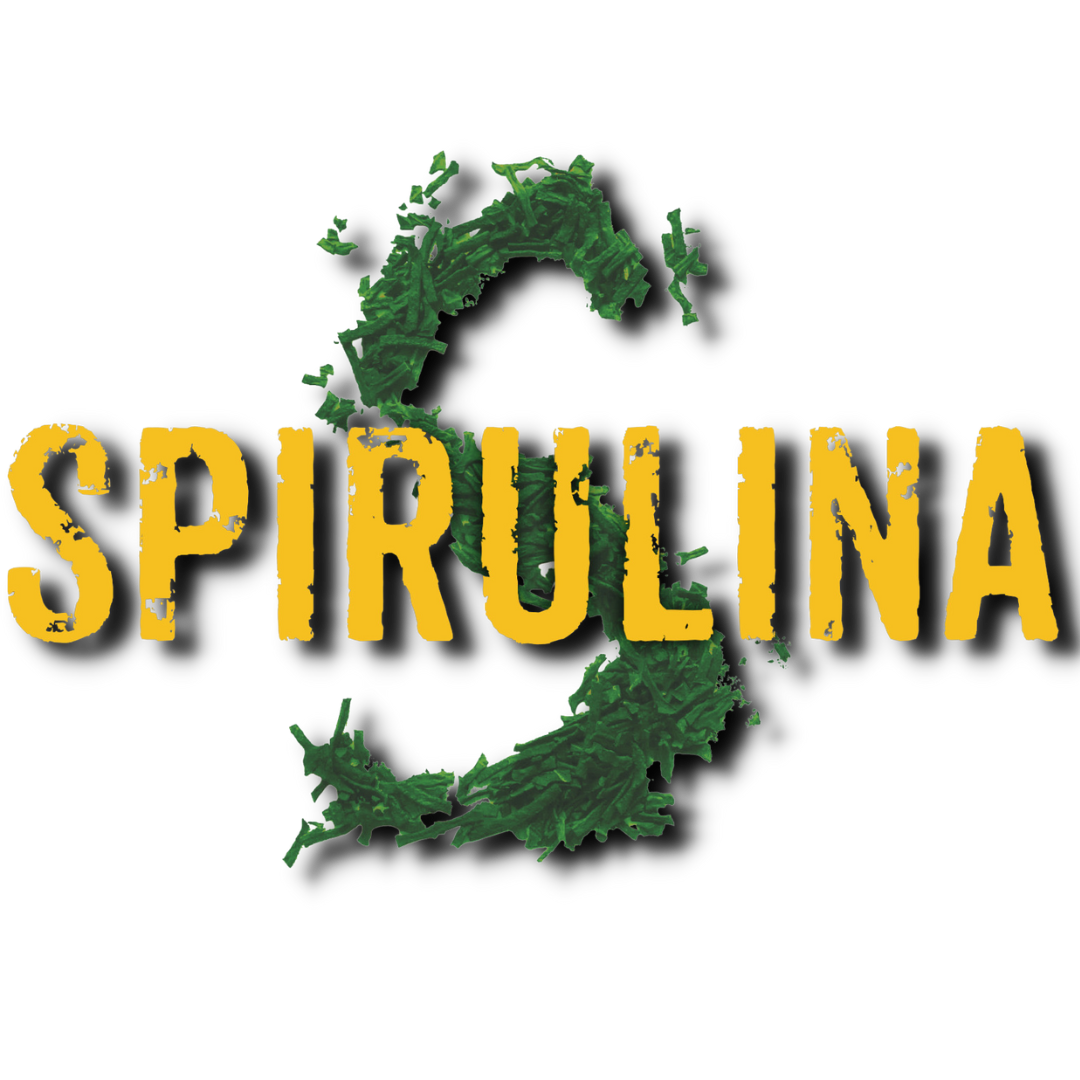HISTORY OF THE SPIRULINA

Spirulina, also known asArthrospira Platensis, is a blue microalga that grows in alkaline fresh water and at high temperatures. First by FAO, in 2008 and then by the UN, in 2011, the Super Food of the future for sustainability, completeness of nutrients and for the countless beneficial qualities it possesses.
Food is history, it is culture, it is tradition and Spirulina, as food, brings with it a history, a culture and a tradition that are lost in the mists of time.
It is over three billion years old and is one of the oldest foods in the world.
It originally grew in America and Africa, more specifically in Lake Texcoco in Mexico and Lake Chad in north-central Africa..
The first reliable historical documents on the use of this alga come from the testimony of thei conquistadors Spaniards, first of all Cortés who, following the invasion and conquest of the Aztec people from 1519-1525, reported having discovered a green food, served in the form of a pie, which the Aztecs called Food of the Gods.i Dei”.
They extracted this substance from the lakes of the Anahuacusata valley in Mexico to use it in meals or for magical-ritual and medical purposes..
In more recent times, Spirulina was rediscovered by a French botanist, Jean Léonard who, at the head of a trans-Saharan Belgian expedition, in 1965 reported seeing edible green cakes prepared and sold by the women of the Kanembu people in the markets of the villages along the banks of Chad.
Later, between the end of the 60s and the beginning of the 70s, the Institut Francais du Petrol contacted a Mexican company, SOSA-TEXCOCO to request permission to follow and study the lake flowering of Spirulina algae.ina.
After a short time, in the late 1970s, the first large-scale production plant was born right on the shores of Lake Texcoco.
Today Spirulina is cultivated in many countries of the world in specially created aquaculture and more widespread in Australia, Central America, Southeast Asia and Africa.
In Europe, the crops spread mainly to France and Italy.
This food, among the most complete in the world, is now also given to astronauts as a nutritional supplement during space expeditions.
In order to keep intact all its organoleptic properties, highly beneficial for the human body, Spirulina must be pure! Produced and distributed exclusively in the form of fresh pasta - because it is still alive and enzymatically active - to be consumed within a week, or dried under 45 to extend the storage time up to 36 months.mesi).
Spirulina is history but it is also the future. The food of the future.
References:
KLEBER RENAN DE SOUZA SANTOS,Studies on the molecular and biotechnological development of the molecules of the cyanobacterium Arthrospira Platensis in the lake of Nhecolandia in Brazil, PhD thesis, Institute of Botany for the Environment, San Paolo del Brasile, 2013 & lt;;http://arquivos.ambiente.sp.gov.br/pgibt/2013/09/Kleber_Renan_de_Souza_Santos_DR1.pdf& gt;
French Agency for Health and Food Safety, Maisons-Alfort Cedex, France, 30 November 2017
Frank, Kurtis, Patel, Kamal and Lopez, Gregory, Spirulina Research Analysis, inExamine.com, April 29, 2017, & lt;https://examine.com/supplements/spirulina/ & gt ;.
